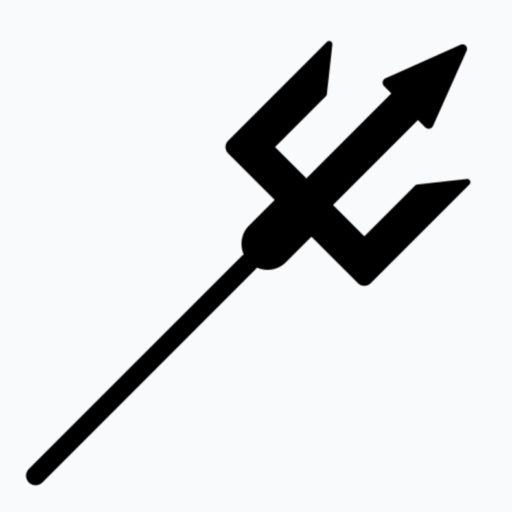Pangu is a Chinese mythological figure that plays a fundamental role in Chinese cosmogony. According to legends, Pangu was the creator of the world and his birth marked the beginning of existence. He is also credited with the important task of separating heaven and earth. His myth highlights the balance and interconnectedness in the universe, as well as the continuity of creation and purpose in the world.
The birth of Pangu and the creation of the universe
Pangu is described as a creature with horns, a hairy body and dressed in plant clothing. In some depictions, he is attributed with fangs and carries an axe. His birth marked the beginning of the universe, as his cosmic egg hatched and brought him into existence.
Pangu’s role in the separation of heaven and earth
Pangu devoted himself to the task of separating heaven and earth for 18,000 years. Every day, he pushed the sky upward, while the earth sank and he grew the same length. In some versions of the story, Pangu is assisted in this task by benevolent animals. This work symbolizes the importance of maintaining a balance between opposing elements and the interconnectedness that exists in the universe.
The Importance of Pangu in Chinese Mythology
The Pangu myth has deep significance in Chinese culture and highlights several fundamental elements in cosmogony. In the following, we will explore two key aspects.
Balance and interconnectedness in the universe according to Pangu
Pangu represents the harmony between the opposing principles of yin and yang, which are fundamental to Taoist philosophy. The balance between these opposing forces is essential to maintain stability and the continuous flow of energy in the universe. In addition, the myth of Pangu highlights the interconnectedness of all things in the universe.
The continuity of creation and purpose in the world
Another key aspect of Pangu’s importance in Chinese mythology is the idea of the continuity of creation. According to the myth, Pangu completed the creation of the universe, but this does not mean that creation has ended. Pangu represents the notion that creation is a continuous process and that the world is constantly evolving. The Pangu myth also highlights the idea that everything in the world has a specific purpose. Each element that emerged from Pangu’s body has a function in the universe: the wind, the thunder, the sun, the moon, the mountains, the rivers, the fertile lands, the stars, the forests and the minerals. This conception shows that each being or phenomenon has a certain role in the balance and harmony of the world. Nothing is superfluous or insignificant.
The death of Pangu
The climax of Pangu’s story is his death, an event that triggers a cosmic transformation of epic proportions. When Pangu breathes his last breath, his immense body becomes the basis of the reality we know.
Pangu, the holder of the sky, leaves a tangible legacy as his body decays and mingles with the fundamental elements. His eyes, in a final flash of divinity, become the sun and moon, illuminating the night sky and guiding humankind through their daily journeys. Wind and clouds find their origin in Pangu’s final breath, creating the atmosphere that envelops the earth.
Mountains and valleys are formed from the flesh and bones of Pangu, giving relief to the terrestrial landscape. Every corner of the world, from majestic peaks to deep canyons, bears the imprint of the sacrifice of this mythological being.
Pangu’s legacy
Pangu’s legacy endures beyond his death, manifesting itself in the very structure of the world and in the beliefs rooted in Chinese mythology. Pangu’s story is not only a tale of creation, but a constant reminder of the intrinsic connection between the divine and the earthly.
Artistic representations of Pangu and his myth have been captured in various forms throughout Chinese history, from paintings to sculptures, transmitting his story through the generations. His figure has become a symbol of the primordial force that shapes the cosmos, reminding humanity of its place in the cosmic order.
In addition, Pangu’s influence extends to the Chinese worldview, affecting conceptions of the harmony between man and nature. The reverence for the natural elements, the connection with the universe and the importance of duality in Chinese cosmogony find their roots in the Pangu story.
After separating heaven and earth what you feel like, surely, is to do nothing else. Just sit and sunbathe. For this, this Pangu cap can be very useful.
Subscribe
If you want to receive in your mailbox stories, curiosities and legends of the most fascinating creatures of classical mythology just fill in this form.
Continue reading
If you liked this article, you like mythology. And in this case, we have much more to offer you. Discover new adventures, heroes, nymphs, gods, battles, teachings… Just click on the button.
mitologiaclasica.com is a website dedicated to explore and spread the fascinating richness of mythology, offering a vast compendium of stories, characters and legends.
Explore
Greek Mythology
Roman Mythology
Norse Mythology
Egyptian Mythology
Hindu Mythology
Chinese Mythology
Japanese Mythology
Celtic Mythology
Privacy Policy
Privacy Policy
Copyright mitologiaclasica.com


